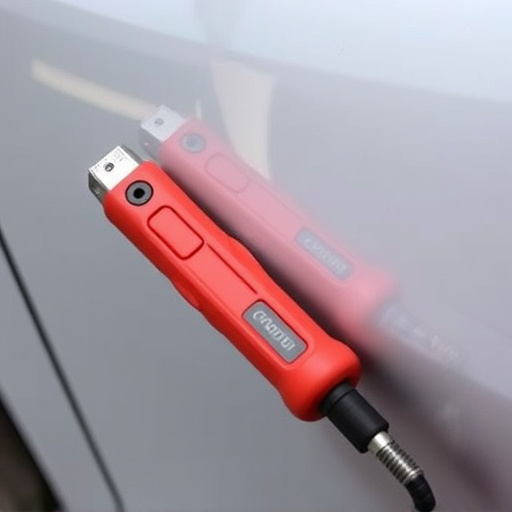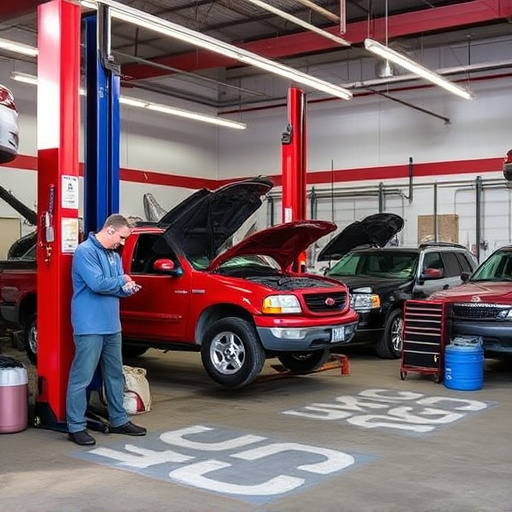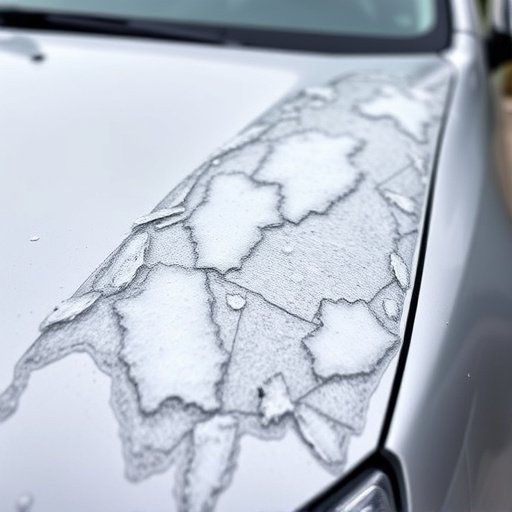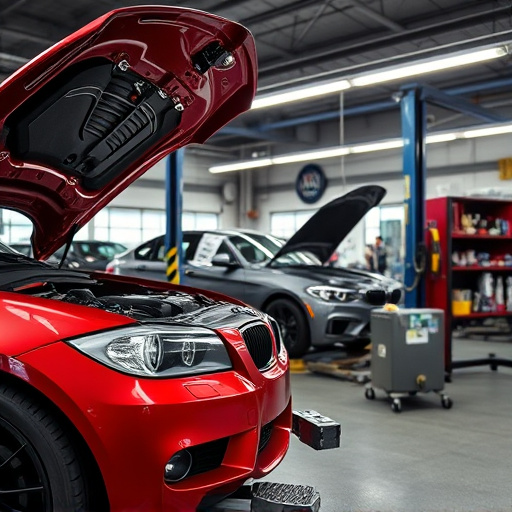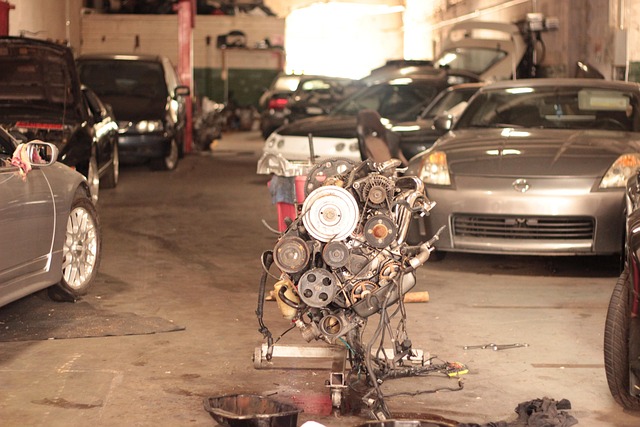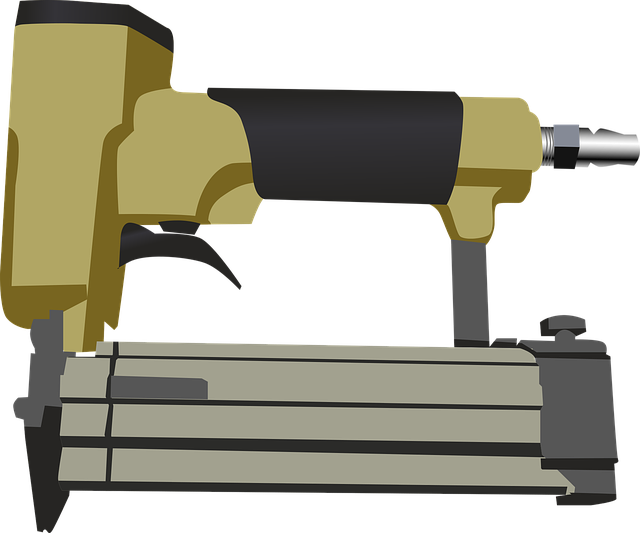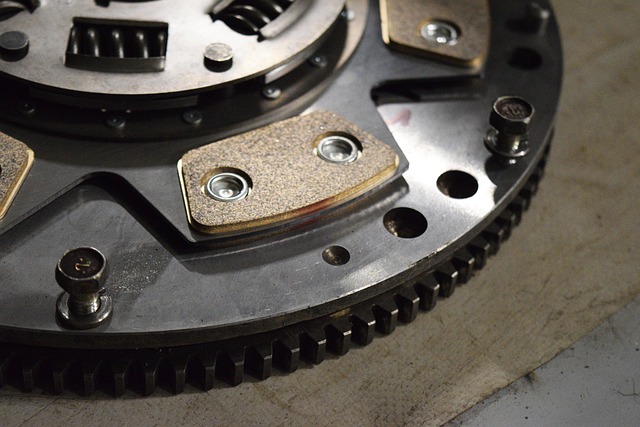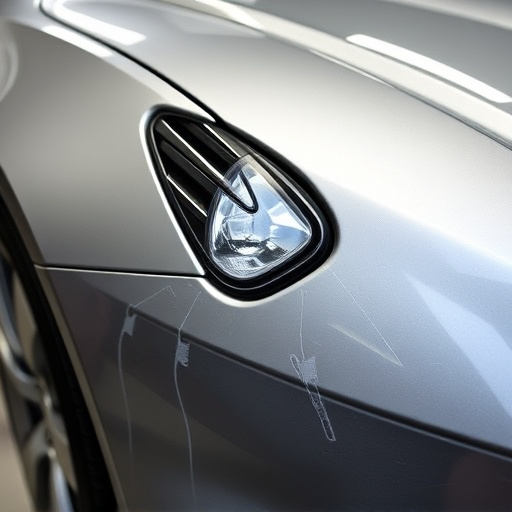The evolution of auto accident repair technology has dramatically transformed traditional bodyshops into highly efficient, accurate, and safe facilities. Advanced tools like CAD software, robotic welding systems, and laser measurement technologies have revolutionized collision repair processes, enabling precise measurements, seamless part integration, increased productivity, faster turnaround times, higher customer satisfaction, and reduced costs. Today's modern auto accident repair centers leverage sophisticated diagnostic tools, paintless dent repair techniques, and integrated software algorithms to ensure optimal damage assessment, waste reduction, and enhanced safety standards.
In today’s digital era, auto accident repair has evolved dramatically, driven by advanced tools and technologies. From the initial days of basic hand tools to the sophisticated systems of today, the industry has undergone a remarkable metamorphosis. This article explores the evolution of auto accident repair technology, delving into key advancements like computerized diagnostic systems, robotic welding, 3D printing, and advanced materials. We’ll also discuss how these innovations enhance safety, efficiency, and quality assurance for mechanics and customers alike.
- The Evolution of Auto Accident Repair Technology
- – A brief history of auto repair and the shift towards advanced tools
- – Key technological advancements in modern auto accident repair
The Evolution of Auto Accident Repair Technology

The evolution of auto accident repair technology has been nothing short of revolutionary. In the past, vehicle body shops relied heavily on manual labor and traditional techniques for auto bodywork repairs. However, with advancements in technology, modern auto accident repair facilities now employ sophisticated tools and machinery that enhance efficiency, accuracy, and safety. These advanced tools range from computer-aided design (CAD) software to robotic welding systems and laser measurement technologies.
Auto collision repair has significantly benefited from these technological breakthroughs. CAD software enables technicians to create precise measurements and designs for auto bodywork repairs, ensuring seamless integration of replacement parts. Robotic welding systems offer consistent precision and increased productivity, reducing human error and improving the overall quality of repairs. Laser measurement technologies provide exact dimensions, facilitating accurate assessments and minimizing waste during the repair process. These innovations not only streamline operations in vehicle body shops but also contribute to faster turnaround times, higher customer satisfaction, and reduced costs for auto accident repair services.
– A brief history of auto repair and the shift towards advanced tools

The history of auto repair dates back to the invention of automobiles themselves. Early repairs were often rudimentary, with mechanics using basic tools and their expertise to fix mechanical issues. However, as vehicles became more complex with advancements in technology, so did the need for specialized equipment. The 20th century saw a significant shift towards standardized auto repair processes, with the establishment of dedicated workshops equipped with advanced tools tailored to various makes and models.
Today, modern auto accident repair facilities are at the forefront of technological innovation. They employ sophisticated tools such as computer-aided design (CAD) software for precise measurements, robotic frame straightening machines ensuring accurate body repairs, and advanced car paint systems offering a wide array of colors and finishes. These advancements not only expedite the repair process but also enhance the quality of restoration, making them indispensable in collision repair centers and elevating the overall standards of auto accident repair.
– Key technological advancements in modern auto accident repair

Modern auto accident repair facilities have embraced technological advancements that revolutionize the way vehicle damage is assessed and addressed. Key innovations include sophisticated diagnostic tools that enable technicians to pinpoint issues with precision, ensuring a more accurate and efficient collision repair process. These tools integrate advanced sensors and software algorithms to scan vehicles for hidden damage, detect electrical malfunctions, and provide detailed reports.
Another notable trend in the industry is the adoption of paintless dent repair techniques, which have gained popularity due to their efficiency and cost-effectiveness. This non-invasive method utilizes specialized equipment to press out dents without sanding or repainting, resulting in less waste and faster turnaround times. As these technologies continue to evolve, auto accident repair centers are becoming increasingly equipped to handle complex repairs, enhancing safety standards and customer satisfaction across the board.
Modern auto accident repair facilities have undergone a remarkable transformation, driven by advanced tools that enhance efficiency, accuracy, and safety. The evolution from traditional methods to state-of-the-art technology has significantly improved the overall quality of repairs. With each technological advancement, auto accident repair takes another step forward, ensuring that vehicles are restored to pre-accident condition while also reducing repair times and costs for consumers. This ongoing innovation in the industry is a testament to how far we’ve come in addressing the complex challenges presented by modern vehicle designs and safety standards.
